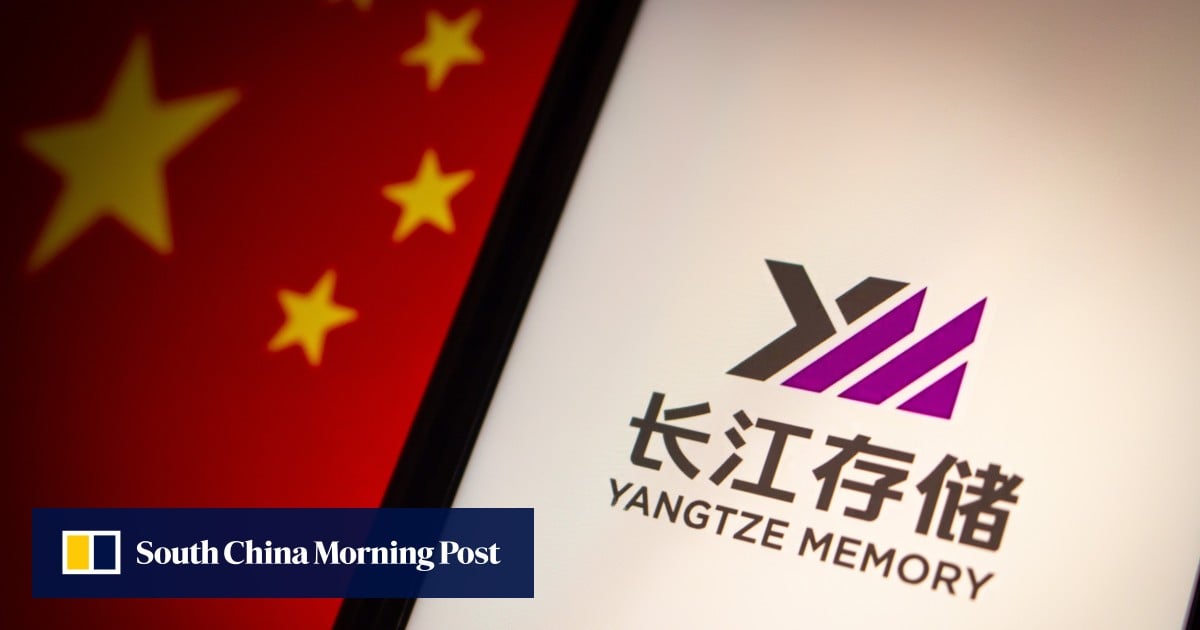China’s flash memory giant, Yangtze Memory Technologies Corp (YMTC), has made a small technology leap in its chip design architecture, thanks to closer ties with domestic chip tool providers, despite Washington’s efforts to slow the country’s semiconductor progress, according to a teardown report from Canadian research firm TechInsights.
A 512-Gb triple-level cell (TLC) memory chip, containing 160 active layers, was found inside a solid-state drive (SSD) under the name ZhiTai TiPlus, a consumer brand of YMTC. The chip adopted the latest design structure, called Xtacking4.0, according to TechInsights.
It means that YMTC has narrowed the gap with advanced products in the market in terms of “bit density” due to the hybrid wafer bonding structure and other improvements, TechInsights analyst Jeongdong Choe said in the report. “The bit density looks very advanced compared to quad-level cells’ (QLC) chips,” Choe noted.
NAND, ubiquitous in smartphones and other consumer electronics, is a non-volatile flash memory which can hold data even when not connected to a power source. The memory industry has pivoted to multiple-level cells to reduce the cost and increase the capacity. TLC NAND stores 3 bits per cell and often performs better and lasts longer than QLC SSDs, but TLC NAND stores less data and costs more.
YMTC plans to combine Xtacking4.0 technology using more than 200 layers, according to TechInsights. However, YMTC has been the target of US export restrictions, meaning it cannot upgrade its 3D NAND wafer fabs with advanced semiconductor equipment and tools from foreign suppliers. “With the new Xtacking4.0 technology, YMTC seems to [have found] a way to overcome the ban for a while,” the note added.


